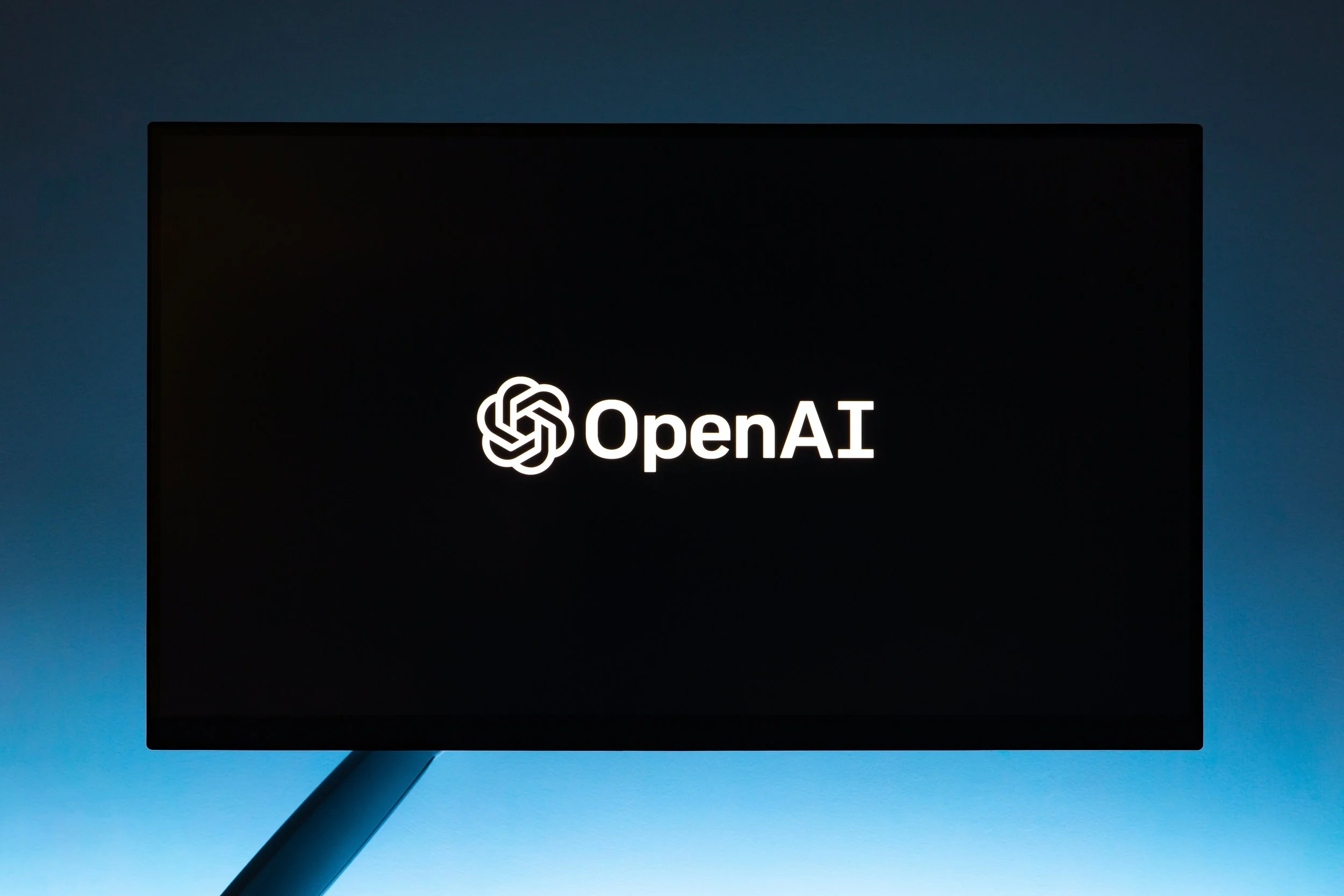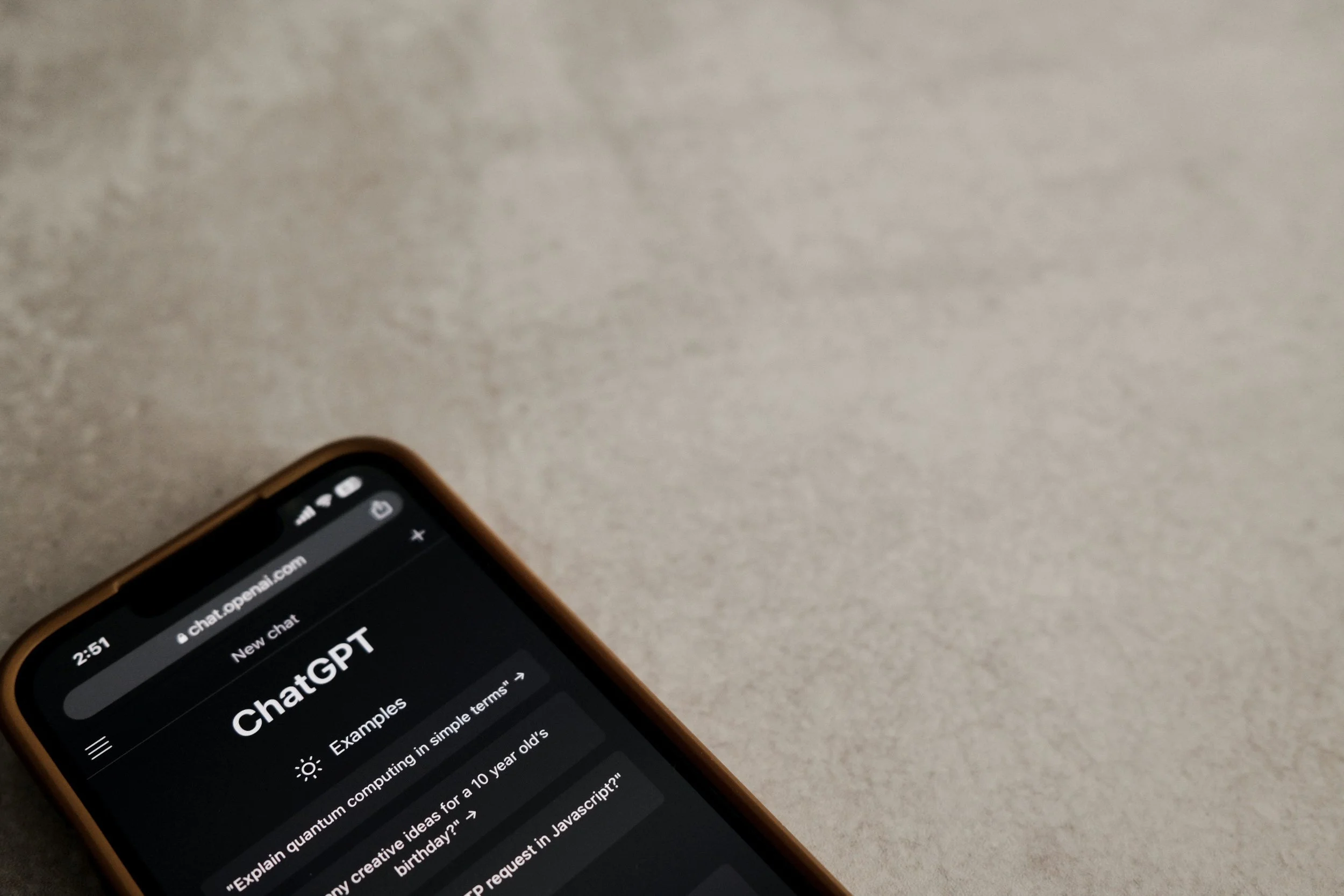History of AI - The new tools: ChatGPT
In recent months, the development of new AI tools has made it clear that AI has become a part of our everyday lives and is no longer restricted to the realm of research centers and tech companies. AI has gradually become a technology that businesses and individuals can use to transform the way they work and live. In our previous article, we presented the history of AI, which was first introduced in 1956 at the historical Dartmouth Conference. Now, we are excited to bring you the latest tools that showcase what AI is capable of today.
Let's start with last year's biggest AI sensation: ChatGPT. It is a language model developed by OpenAI. It was created to generate human-like responses to natural language and to assist in various tasks. The development started with the creation of its predecessor, GPT-1, in 2018. Since then, the San Francisco-based artificial intelligence company has been working to improve its language generation capabilities through iterative training on large datasets of text. Developers have been feeding the system large amounts of text, such as books, articles, and websites, and using this data to teach it patterns to generate coherent responses.
The technology
When OpenAI launched ChatGPT at the end of November 2022, they were not prepared for the huge interest it would quickly gain. However, most of the technology behind ChatGPT is not new. It is based on a technology called neural networks, designed to simulate the way the human brain works. It processes information through interconnected nodes that identify patterns and relationships in data. Neural networks date back to the 1950s, but the specific neural network architecture that ChatGPT uses, called a transformer, was developed in 2017 by Google. It quickly became a popular solution for language translation and text summarization, using a self-attention mechanism, which allows the model to focus on different parts of a text.
Another important technology is “transfer learning,” which is a type of machine learning technique where the developers reuse a pre-trained model as the starting point for a new task. While the concept of transfer learning has been around since the 1970s, it has significantly developed in recent years. It allows ChatGPT to be trained on many texts and then fine-tuned on generating chat responses or answering questions.
“Reinforcement learning” is another key component of ChatGPT. Reinforcement learning is a type of machine learning where the model learns through trial and error by receiving feedback from its environment.
The secret of ChatGPT's success lies not in inventing all these technologies, but in combining and scaling existing ones. By using techniques such as transfer learning, reinforcement learning and the neural network architecture, ChatGPT has been able to create a language model that can generate human-like responses.
The Story of Chatbots
The history of chatbots goes back decades ago. One of the earliest chatbots was called ELIZA, which was developed in the mid-1960s by Joseph Weizenbaum at MIT. ELIZA was a program that simulated conversation by using pattern matching and a set of predefined responses. It was designed to mimic the conversational style of a psychotherapist and was used as a tool for studying human-machine communication.
In the 1970s and 1980s, chatbots began to be used in a variety of applications, including customer service, information retrieval, and entertainment. One popular chatbot during this time was called Parry, which was developed by Kenneth Colby in the 1970s. Parry was designed to simulate a patient with paranoid schizophrenia and was used as a tool for studying the human perception of mental illness.
In the 1990s, with the rise of the internet, chatbots became more widely used for online customer service and support. One notable chatbot during this time was ALICE, which was developed by Richard Wallace in the mid-1990s. ALICE was designed to simulate conversation with a human user and was used in customer service and information retrieval.
Overall, early forms of chatbots were developed and used for a variety of applications, including studying human-machine communication, simulating mental illness, and providing online customer service and support. The development of chatbots has paved the way for more advanced language models like ChatGPT, and I look forward to seeing how this technology will continue to evolve in the future.
The road to mainstream popularity
After the release of GPT-1 in 2018, OpenAI introduced the next model, GPT-2 in 2019, which was trained on even larger text data than its predecessor. It was capable of generating high-quality human-like text, such as news, stories, or even computer code. It quickly received a lot of attention from various industries and researchers. In 2020, OpenAI released GPT-3, which had amazing capabilities in generating coherent text and performed well in answering questions, summarising and translating. GPT-3.5 was built on this model in mid-2021 by further improving it. It also included new features such as generating texts based on specific scenarios and preventing the repetition of phrases. In May 2022, InstructGPT was introduced, which is a variation of the GPT series. It was designed to be more controllable, allowing users to provide more specific instructions. Users could guide the model by suggesting possible paths for it to follow.
OpenAI headquarters, Pioneer Building, San Francisco
While all these models were available on the company's website for developers to integrate into their own software, they did not gain mainstream popularity. However, this has changed with the emergence of ChatGPT in November 2022, which is based on the GPT-3.5 architecture and has already been adopted by millions of users.
We might ask: why did ChatGPT become the most talked-about AI model? It was one of the first AI models that were made publicly accessible and understandable to non-experts. It mimics human conversation and generates outputs in a way that humans understand and communicate. In other words, it aligns with what a human wants from a conversation AI: helpful and truthful responses, an easily accessible chat interface, and the ability to ask follow-up questions if necessary.
Users have found a variety of ways to use the model, such as creating resignation letters, answering test questions, writing poetry, or even seeking life advice. In many ways, ChatGPT can be a „virtual best friend” who can help you in many situations and even show empathy.
The limitations
ChatGPT's popularity has made it a target for users attempting to exploit its flaws. Some of these users have discovered that ChatGPT can generate unwanted outputs. OpenAI has taken action to address this issue by using adversarial training to prevent users from tricking the model into producing harmful or incorrect responses. The training involved multiple chatbots against each other, with one chatbot trying to generate a text that will force another chatbot to produce unwanted responses. The successful attacks are added to the training data so that the model can learn to ignore them.
ChatGPT also has other limitations, that could be improved. Like any other language model, Chat GPT can contain biases and stereotypes that may be offensive to specific individuals. It also has limited knowledge of events that happened after September 2021, and it is not able to answer questions about specific topics or new developments in a particular field. It may also have difficulty understanding context, especially carcasm, and humor. If the user uses sarcasm in their message, the model sometimes fails to understand the meaning of that and responds incorrectly. Even though ChatGPT can generate empathetic responses, it cannot provide truly empathetic responses in all situations.
ChatGPT-4 and the future
OpenAI has updated the system several times since its launch. The latest update occurred on the 14th of March 2023, when ChatGPT-4 was released. This latest version is capable of solving even more complex problems, better understanding and reasoning about the context of conversations and generating even more human-like responses quickly and accurately. In addition to improving its capabilities, the developers have also made it a priority to enhance its safety, making it less likely to provide harmful or incorrect answers.
In addition to its popularity among users, many big companies noticed ChatGPT capability. OpenAI has recently partnered with Microsoft and global management consulting firm Bain, known for their marketing campaigns for major companies like Coca-Cola. This partnership will allow these companies to integrate ChatGPT's language capabilities into their own products and services, further expanding the model's impact.
ChatGPT as an artistic practice
GPT chat can be used for artistic purposes in a variety of ways. As a language model, GPT chat can generate text in response to prompts or questions, and this can be used by artists to inspire their creative work.
Here are some ways in which people can use GPT chat for artistic purposes:
Writing prompts: GPT chat can be used to generate writing prompts for artists. They can provide a topic or theme, and GPT chat can generate a variety of prompts that can help the artist explore the topic from different angles. These prompts can inspire poetry, short stories, or other forms of written work.
Collaborative storytelling: GPT chat can be used to collaborate with others to create a story. Artists can start by providing a prompt or a beginning of a story, and then invite others to add to the story by typing in their responses. As the story progresses, GPT chat can use the information provided by the collaborators to generate the next part of the story.
Dialogue writing: GPT chat can be used to generate dialogues between characters. Artists can provide the context of the conversation, the personalities of the characters, and the tone of the conversation. GPT chat can then generate a dialogue that fits the context, personalities, and tone.
Character creation: GPT chat can be used to create unique characters for an artwork. Artists can describe the physical appearance, personality traits, and backstory of the character, and GPT chat can generate a detailed description of the character. This can help artists visualize the character and bring them to life in their artwork.
Poetry generation: GPT chat can be used to generate poetry in response to a given prompt. Artists can provide a theme or a set of keywords, and GPT chat can use its language generation capabilities to produce a poem that fits the theme or keywords.
Chat GPT can be combined with the tool, called ‘Mid-journey’, for example. Various AI tools can be linked to their potential to help artists and creatives in their work. While Chat GPT can generate text-based prompts, dialogues, and character descriptions that can inspire creative work, Mid-journey AI can analyze the performance of existing artworks and identify opportunities to improve them. Combining the two tools, artists can use Chat GPT to generate prompts and ideas for new artworks, and then use Mid-journey AI to analyze the performance of those artworks and make data-driven decisions to optimize them. Ultimately, by using these tools in tandem, artists can leverage the power of AI to enhance their creative process and create more successful artworks. With the continued development of AI and machine learning technologies, GPT chat is likely to become even more advanced and valuable for artistic purposes in the future.




